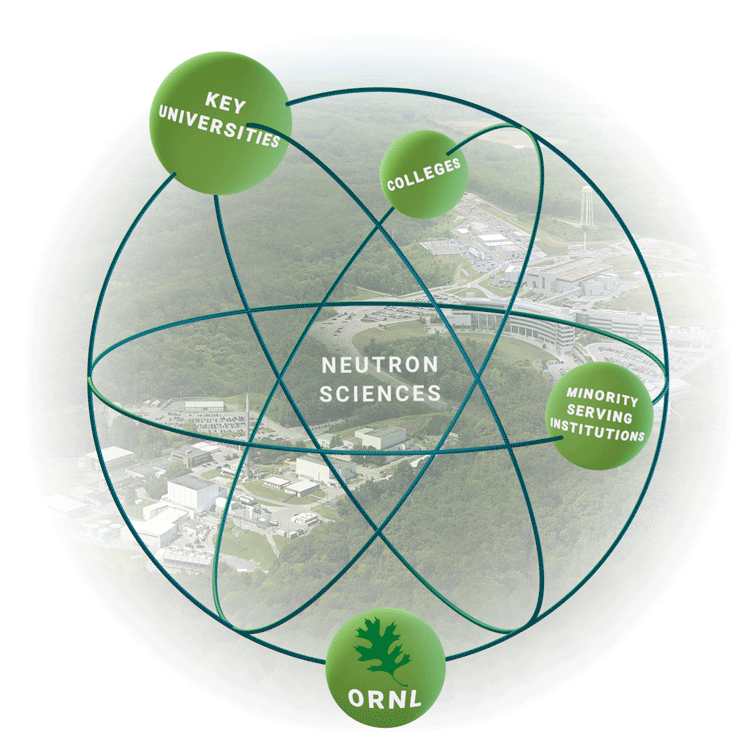The Penn State RSEC recently received a SANS device. (Photo: Poornima Tomy/Penn State)
Staff and researchers at Penn State’s Radiation Science and Engineering Center (RSEC) will work this year to install a small angle neutron scattering (SANS) device and become the first and only U.S. university research reactor to host SANS capability. The $9.8 million device, donated by Helmholtz Zentrum Berlin (HZB) in Germany, will help researchers determine the structure of organic materials such as polymers, complex fluids, and biomolecules.
A control room monitor at ORNL’s SNS displays the power level of 1,555 kW (1.55 MW), a world record for a linear accelerator used for neutron research. (Photo: Jeremy Rumsey/ORNL)
The Spallation Neutron Source (SNS) at the Department of Energy's Oak Ridge National Laboratory set a world record for accelerator-driven neutron research when its linear accelerator reached an operating power of 1.55 MW, improving on the facility’s original design capability of 1.4 MW. That higher power means more neutrons for researchers who use the facility for neutron scattering research to reach materials science advances, ORNL announced recently.
Then energy secretary Bill Richardson decided to permanently shut down the HFBR in November 1999. (Photo: DOE)
“Why did a tiny leak bring down a hugely successful research reactor 25 years ago?”
That’s how Robert P. Crease, an academic who writes a regular column for Physics World, introduces The Leak: Politics, Activists, and Loss of Trust at Brookhaven National Laboratory, a book he wrote with former interim BNL director Peter D. Bond that was published this month by MIT Press.
“Were this story fiction, its characters, plot twists and ironies would be entertaining,” Crease writes in his October 5 Physics World post about the book. “But because it’s fact, it’s a tragicomedy.”




 2x1.jpg)
